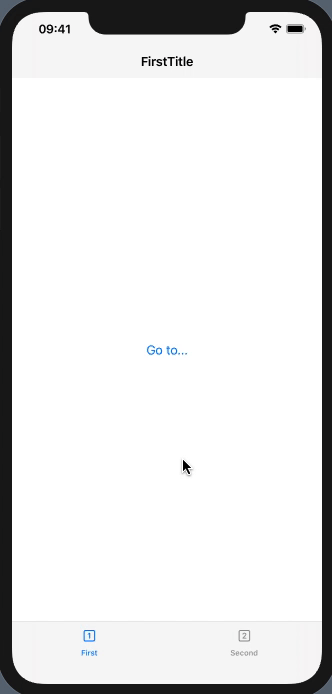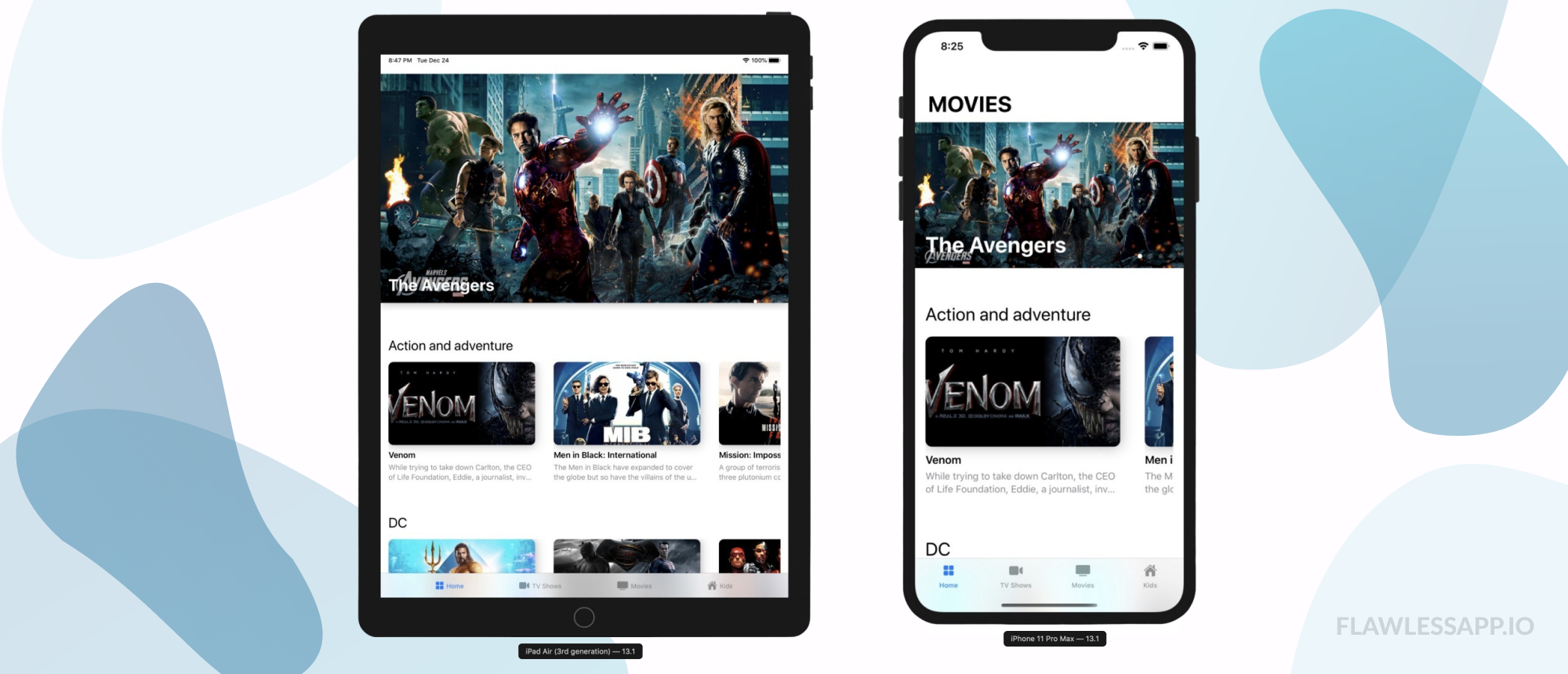
IOS TABVIEW CODE
We are not using any native code for this tabview.

But its not possible in xamarin tabbed page. We can add the content above or below the tab view component. We can design the tabview inside of any xamarin layouts like stacklayout or Grid or Relative layout. Note: Getting started sample can be downloaded from this link. Xam.tabview gives the custom tabview or tabpage support for Xamarin mobile applications. Tabs allow people to quickly see the main functional areas of the app and to easily switch between them while preserving the. TabView is used in SwiftUI to easily add multiple tabs to the main view. If it is not required, it can be customized by using the EnableSwiping property of SfTabView. A tab bar is presented at the bottom of the screen in iOS apps and is used for navigation between the major sections of an app. Similarly, content region for other tabs also can be configured.īy default, both the vertical swiping for list view and horizontal swiping for tab view will work. Assembly deploymentĪfter installing Essential Studio for Xamarin, you can find all the required assemblies in the installation folders, Binding data to ListViewīind the items source of the ListView, and set the required appearance in its ItemTemplate property in which the list view can be hosted within the content region of tab item. Walk through the entire process of creating a real-world application with the tab view. This section provides an overview for working with the Xamarin.Forms Tabbed View control. Normally, tabs are switched whenever the user manually taps an item within each tab bar, but by injecting a selection binding into a given TabView, we can both observe and control what tab that’s currently displayed.Getting Started with Xamarin Tabbed View (SfTabView)
IOS TABVIEW HOW TO
Because I want to show how you how to manually add child view controllers to a tab bar controller, were going to delete the ones Xcode has created for us. Xcode automatically adds two child view controllers to the tab bar controller. Go to the Storyboard, select the View Controller and go the Identity Inspector. Open the Object Library on the right and drag a tab bar controller to the workspace. Name it DetailViewController and make it a subclass of ViewController. select iOS -> Source -> Cocoa Touch Class.

It is a major element of Apple's apps like Music, Podcasts, and App Store. Drag from the Collection View Cell to the View Controller and select the Show segue. So if we had access to the Binding (or factual underlying state) in the SceneDelegate, we would be able to tell the SwiftUI views to display the.

sheet (), now uses Binding to control what’s displayed. Every view that toggles the displayed hierarchy, be that TabView, NavigationView or. This element appears at the bottom of the iOS and iPadOS devices and allows our app users to switch between different views or functions quickly. This is the key to the programmatic navigation in SwiftUI.

Let’s start by taking a look at how we can take control over what tab that’s currently displayed within a TabView. tabview TabBar is a vital component of iOS and has been from iOS 2.0. However, sometimes we might want to take more direct control over how an app’s navigation is performed, and although SwiftUI still isn’t nearly as flexible as UIKit or AppKit in this regard, it does offer quite a few ways for us to perform completely programmatic navigation within the views that we build. By default, the various navigation APIs that SwiftUI provides are very much centered around direct user input - that is, navigation that’s handled by the system in response to events like button taps and tab switching.


 0 kommentar(er)
0 kommentar(er)
